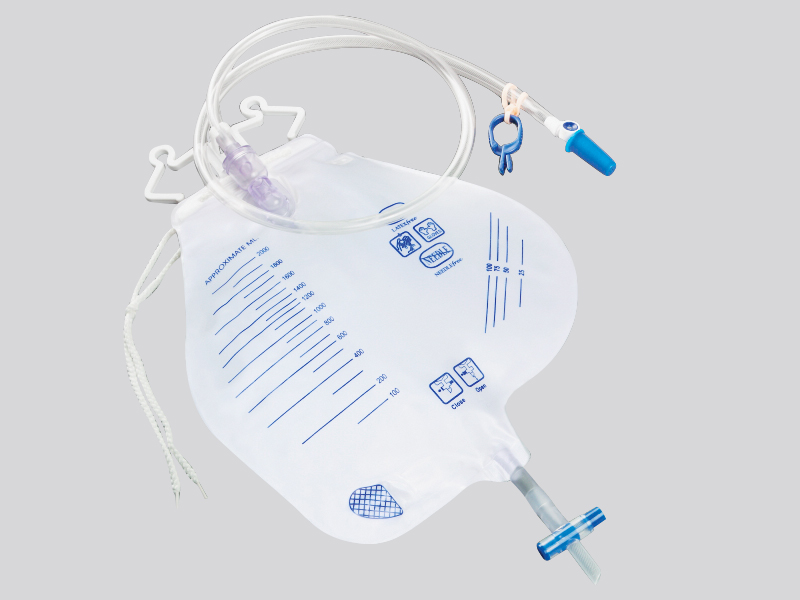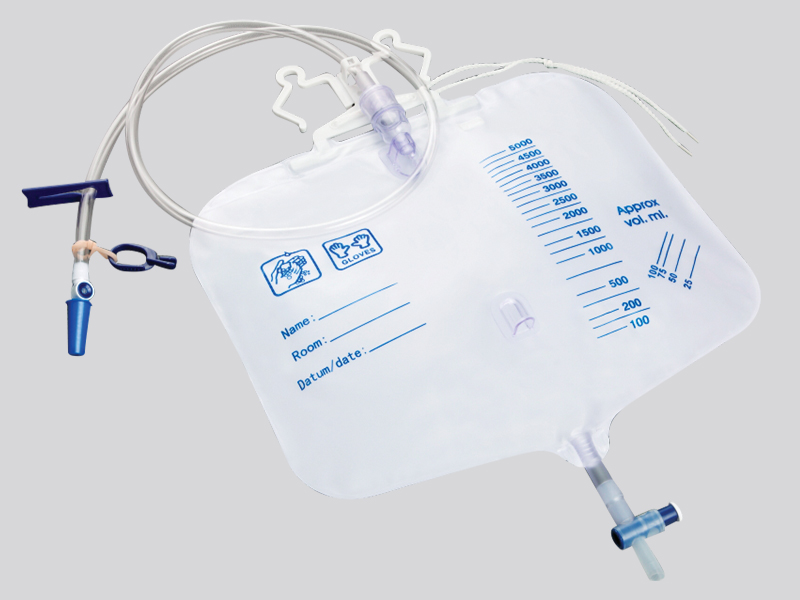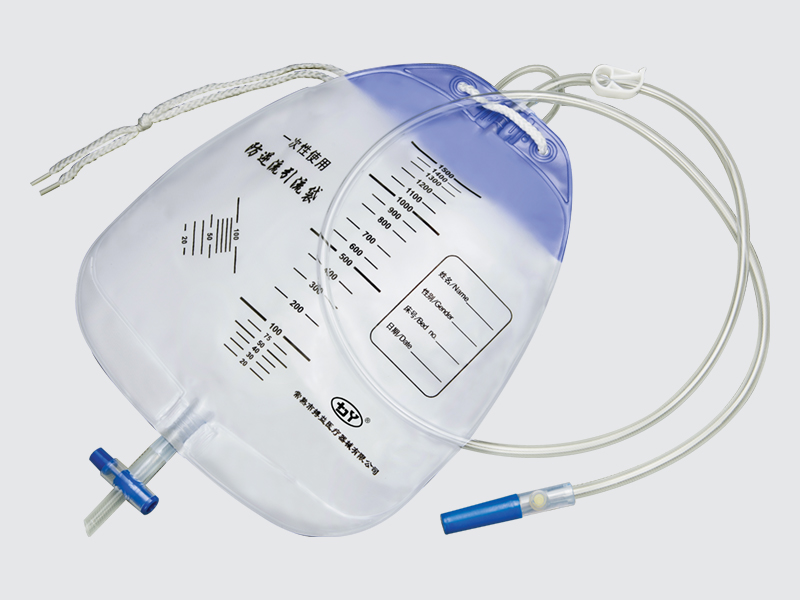
The current position:Home > Information dynamic
> Industry Trends
What is the anti backflow function of disposable anti backflow drainage bags
source:m.maripharm.cn | Release time:2025年05月12日1. Structural design
Anti backflow valve: This is a key component of the drainage bag to achieve anti backflow function. Usually located at the entrance or pipeline connection of the drainage bag, its structural design allows liquid to flow smoothly from the drainage tube into the bag, but prevents liquid from flowing back into the bag. When the pressure inside the bag is higher than the pressure inside the drainage tube, the valve of the anti backflow valve will automatically close, forming a sealed state, effectively preventing liquid backflow.
Unidirectional drainage tube: Some drainage bags have a unidirectional drainage design, using special materials and inner wall treatment to allow liquid to flow only in one direction. This design utilizes principles such as liquid surface tension and friction on the inner wall of the pipeline, further enhancing the anti backflow effect.
2. Material selection
Excellent medical grade materials: The materials used to make anti backflow drainage bags have good physical properties and chemical stability. For example, the valve of anti backflow valve is usually made of soft and elastic medical silicone or rubber materials, which can quickly respond and achieve sealing under different pressure conditions. These materials are harmless to human tissues and can ensure that their anti backflow function will not be affected by aging or deformation during long-term use.
performance testing
Strict quality testing: Manufacturers will conduct rigorous performance tests on disposable anti backflow drainage bags to ensure that their anti backflow function meets relevant standards and requirements. These tests include simulating reverse flow tests under different pressure conditions, long-term stability tests, etc. Only products that have undergone a series of rigorous tests can enter the market, ensuring their reliability in actual use.
Under proper use and maintenance, disposable anti backflow drainage bags can effectively prevent backflow of drainage fluid, reduce the risk of infection and other complications, and provide guarantees for patient recovery. However, if used improperly, such as excessive squeezing of the drainage bag, twisting or damage to the pipeline, it may affect its anti backflow function. Therefore, it is necessary to strictly follow the instructions when using it.
Prev:
What are the applications of disposable gastroint…
Next:
How to use disposable drainage bags for urine dra…

 Cn
Cn En
En WeChat ID:
WeChat ID:







 Contact us
Contact us
 Add WeChat
Add WeChat
 Telephone
Telephone